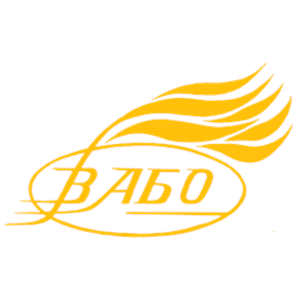FORMATION OF A POSITIVE IMAGE OF A NON-GOVERNMENTAL ORGANIZATION IN THE CONTEXT OF WAR AND POST-WAR RECOVERY: CHALLENGES AND NEEDS
DOI:
https://doi.org/10.32782/2786-5681-2025-1.10Keywords:
non-governmental organization, image, positive image, external image components, internal image components, managerial activities, organizational strategy, communication channels, target audienceAbstract
The publication examines the external and internal components of a positive image of a non-governmental organization (NGO) and substantiates the importance of image formation in the context of achieving the organization’s strategic goals, ensuring its sustainable development, and maintaining social responsibility in the long term.Particular attention is given to the argument that, during crises, military conflicts, and post-war recovery, the issue of shaping a positive image of NGOs remains highly relevant.The publication aims to develop practical recommendations for building a positive image as a strategic resource for NGOs. It also characterizes the specific features of managerial activities, external and internal communication, while considering the challenges and needs heightened by the ongoing war in Ukraine.The study emphasizes that key factors in creating an internal image include adherence to principles of transparent governance, fostering a strong corporate culture and a sense of social responsibility, ensuring openness in communication, and maintaining continuous engagement with stakeholders. Other critical aspects include enhancing the managerial competencies of leadership, focusing on innovative management approaches, continuous professional development through training and mentorship, involving employees in decision-making, implementing equal opportunity policies, monitoring staff satisfaction, strengthening institutional and financial capacity, crisis communication and management, building partnerships at both national and international levels, utilizing digital tools, monitoring the information landscape, analyzing the effectiveness of communication channels, and studying current trends.The external components of an NGO’s image are identified as general reputation, the appearance and behavior of representatives, communication style, diverse information channels, visual identity, promotional campaigns, and feedback from the target audience and stakeholders.The research methodology was based on theoretical analysis methods, including the study of scholarly works and approaches to image research, as well as the generalization, systematization, and analysis of the obtained information.The scientific novelty of the study lies in identifying and substantiating the internal and external image components that have gained particular significance in the activities of Ukrainian NGOs during the war.The study concludes that the comprehensive implementation of these factors is key to enhancing an organization’s resilience to external challenges and strengthening its positive image.
References
Бабіна В. О., Латишева В. В. Проблеми формування позитивного іміджу України на міжнародній арені. Наукові перспективи. 2021. № 7 (13). С. 10–20.
Карпова Т. О. Формування іміджу в сучасному суспільстві: теоретичні та практичні аспекти. Київ: Центр навчальної літератури, 2018. 256 с.
Михайленко О. Г., Токарєва М. В. Імідж країни – двигун економічного розвитку на глобальній арені. Бізнес Навігатор. 2018. Вип. 3–1 (46). С. 27–31.
Castells M. The Rise of the Network Society. 2nd ed. Hoboken: Wiley-Blackwell, 2019. 624 p.
Martin J. N., Nakayama T. K. Intercultural Communication in Contexts. 8th ed. New York: McGraw-Hill Education, 2021.
McLuhan M. Understanding Media: The Extensions of Man. Berkeley: Gingko Press, 2019.







